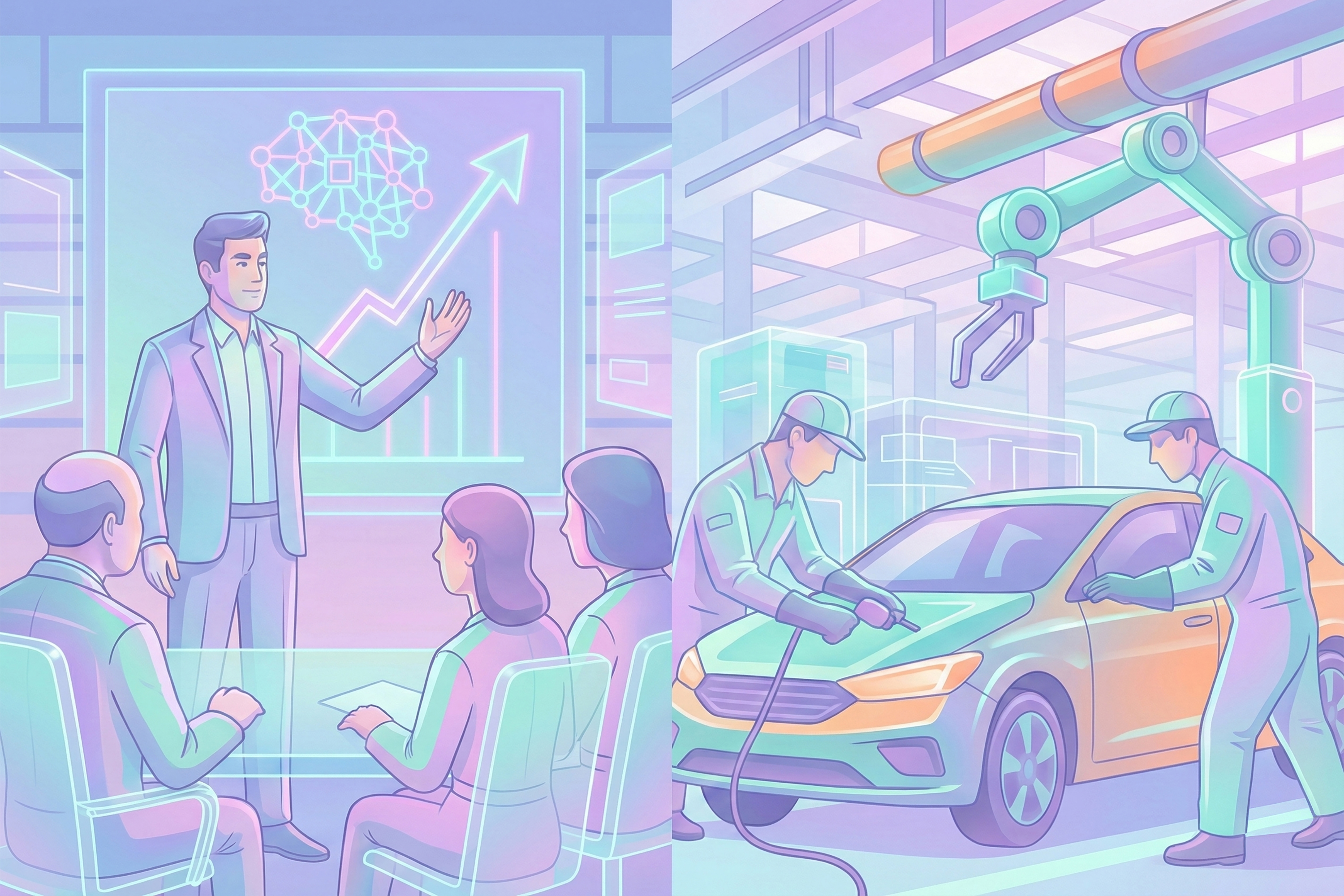
The U.S., China and the EU are exporting their electronic surveillance capabilities, practices, and legislation all over the world. The three powers are driven by different opportunities and their activity in foreign countries uncovers their different priorities. Often, recipient countries are those with undemocratic regimes, posing risks to human rights and feeding the trend of digital authoritarianism.
Governments’ grip on the digital sphere is tightening. The number of internet shutdowns is dramatically increasing around the world. According to Access Now, 2018 already is a record year for intentional disruptions of the internet, with the large majority of these happening in Asia and Africa. However, it’s becoming visible that countries are also actively exporting surveillance tools to developing countries and that this is further increasing their control over the digital sphere globally.Although surveillance technology such as AI-powered recognition systems are not fundamentally abusive, the question of whether they violate privacy depends on the way governments use them. Providing these types of systems to countries where technology is often ahead of regulation or where civil rights are not aptly protected, poses a threat to human rights. In a digitally authoritarian regime, governments draw on data of citizens they should not be allowed to use in liberal democracies. Data from different sources – tax returns, medical records, criminal records, financial information, genetic screenings, and data from the family and closely connected friends – can be combined to analyze and predict behavior and exert control.According to the Privacy International report, countries with the most extensive security and military agencies – the U.S., China, and countries in the EU – are globally transporting their surveillance skills. This is often under the guise of foreign aid or trade initiatives. Kisore Mahbubani, the former Singaporean ambassador to the UN, argues that foreign aid from the West usually benefits the donor country. What drives the export of surveillance assistance to developing countries? For the U.S., China and the EU, the exports show the three powers’ different opportunities and priorities.China’s latest and exemplary case is a deal between the Zimbabwean government and the Chinese start-up CloudWalk Technology to provide a mass facial recognition program. The deal is supported by Chinese officials and purportedly made under the Belt and Road Initiative. China is building the world’s largest facial recognition database and the CloudWalk deal offers an opportunity to improve Chinese surveillance skills. The surveillance system needs to be tested with of multiple ethnicities and therefore, part of the deal encompasses the data of millions of faces of darker color. This opportunity explains China’s willingness to financially back surveillance projects in a risky country like Zimbabwe. China has furthermore been providing surveillance or censorship equipment to Bolivia, Ecuador, Ethiopia, Iran, Russia, Venezuela and Zambia.In contrast, the U.S. shows different interests in financing and providing countries with surveillance programs. By exporting surveillance capabilities, new markets and opportunities for the industry are created. Private security and military parties have great lobby power on public policy and are actively funding programs and training foreign agencies. Privacy International lists a number of contractors benefiting from exporting surveillance tools, such as Leidos (contractor for the Pentagon and the NSA). Exemplary is the activity of defense contractor Booz Allen Hamilton in African countries (Burkina Faso, Cameroon, Chad, Djibouti, Ethiopia, Kenya, Mali, Niger, Tanzania, and Uganda) and the Middle East (Iraq, Jordan, Yemen). The U.S. is criticized for simultaneously financing projects promoting rule of law, human rights, and democracy, while also financing projects to undemocratic countries undermining these matters.Lastly, the EU has a different angle. Among Europe’s most pressing issues is migration. There is a clear trend of the securitization of migration by financing border control and surveillance capabilities in certain countries (such as Sudan) and the EU intends to increase this in the Multiannual Financing Framework budget for the coming years. Apart from financing advanced surveillance systems, EU officials have been criticized for abusing data from asylum seekers’ phones. The fact that European countries are slackening their laws on metadata search contrasts starkly with the EU efforts to protect the privacy of its citizens against the power of American big tech parties.Although the three types of benefits are not mutually exclusive, they show the different types of foreign policy pursued by the powers.


